Buyer’s guide to the latest dairy monitoring technologies
Gadgets and devices to monitor dairy herds are becoming commonplace.
There are established precision technologies for heat detection and rumination, and these remain the most widely used technology in dairy herds.
But there are multiple aspects of cow health and performance now targeted by developers, from infrared devices for detecting injury to systems that deliver lameness alerts.
Below are some of the latest dairy monitoring devices that were on show at Dairy-Tech.
Jenysis Portable Heat Detection
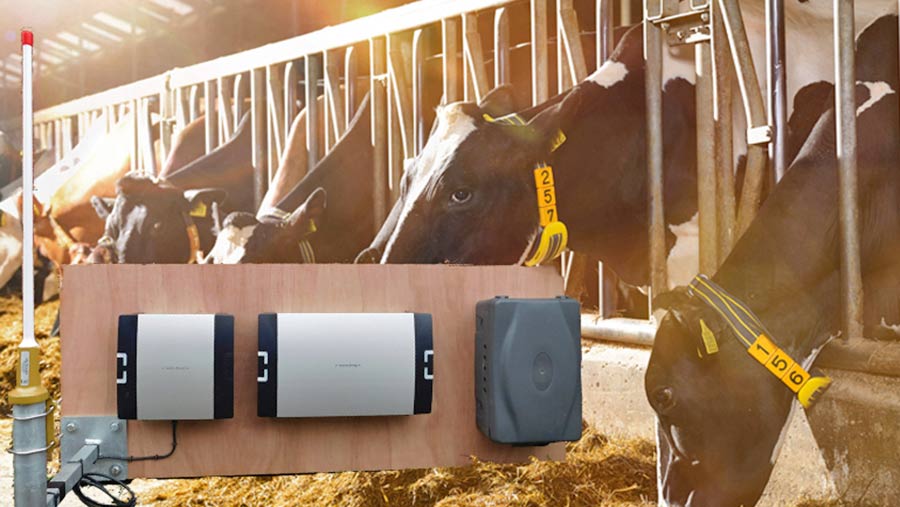
Jenysis Portable Heat Detection
A reader collects cow activity data from collars or leg tags in range of an antenna and sends them to a controller for analysing.
An activity profile is built for each cow, monitoring functions such as eating, rumination, standing and lying times.
After the first seven days, the system can detect abnormal activity by comparing a cow’s two-hour activity period with the corresponding herd average for that same period.
When two consecutive two-hour periods show an increase in “suspicious” activity, a third period converts this into a full heat attention.
These alerts and other information are accessed through a wi-fi network supplied with the system or via a free dedicated online account that allows access from internet-enabled devices.
The internet connection option requires a standard 3G SIM card to transmit the data via the mobile phone network.
Smartbow
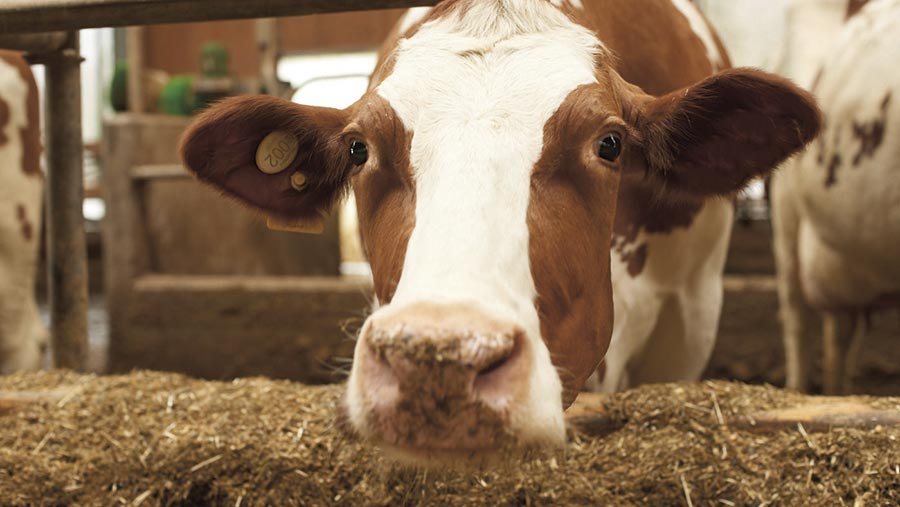
Smartbow
An ear tag collects real-time data on cow location, activity and rumination, and wi-fi receivers forward this data to a local server at the farm.
Each animal’s data is analysed using specially formulated algorithms, and alerts are sent to a smartphone, tablet or PC with information on all relevant behavioural changes, such as anomalies in metabolic performance. The exact current position of the animal is indicated on a digital map.
This information can be used to work out the causes of performance loss, as the data can be traced back to the first day it was collected, allowing farmers to work out if and where management was wrong.
Moocall Calving Sensor
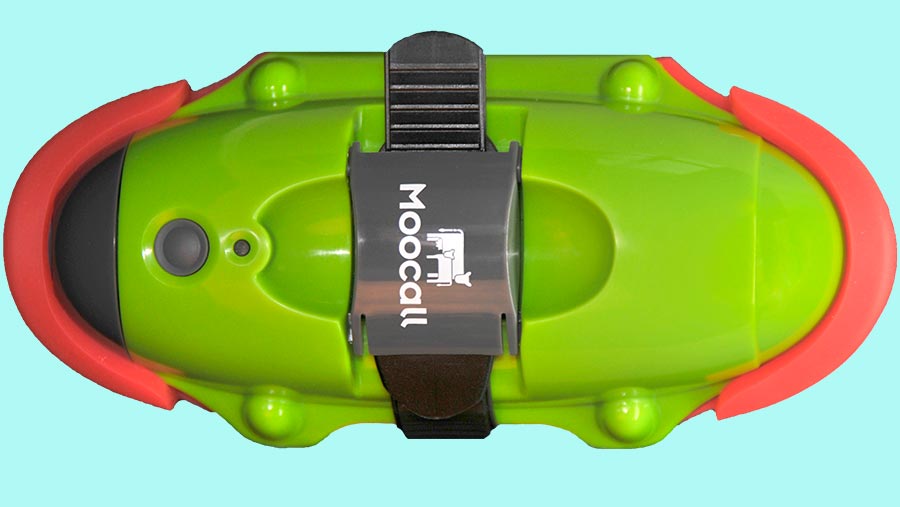
Moocall Calving Sensor
A tail-mounted sensor that measures tail movement to detect calving.
If farmers manage the placement of the device well, six or seven calvings a week can be captured with a single device, but bigger farms may need more than one unit.
It is particularly useful for detecting calvings in stragglers, in heifers, at night or where the farmhouse is distant from the herd or calving areas.
According to the manufacturer the sensor can last up to five years if properly maintained.
Miracle Tech
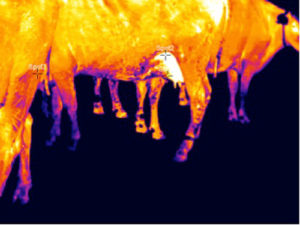
© Miracle Tech
Infrared radiation is directly affected by temperature – the higher the temperature, the more infrared radiation is emitted.
This diagnostic tool applies a colour palette to the different intensities of infrared radiation and generates a thermal image.
So if an animal has an injury or other health issue, the thermal image will pinpoint where this is.
This allows the animals to be treated accordingly and means that the correct treatment or medicine is used, potentially lowering antibiotic usage.
The camera can also be used to scan for bulling activity or early signs of mastitis.
CowAlert Lameness Alert
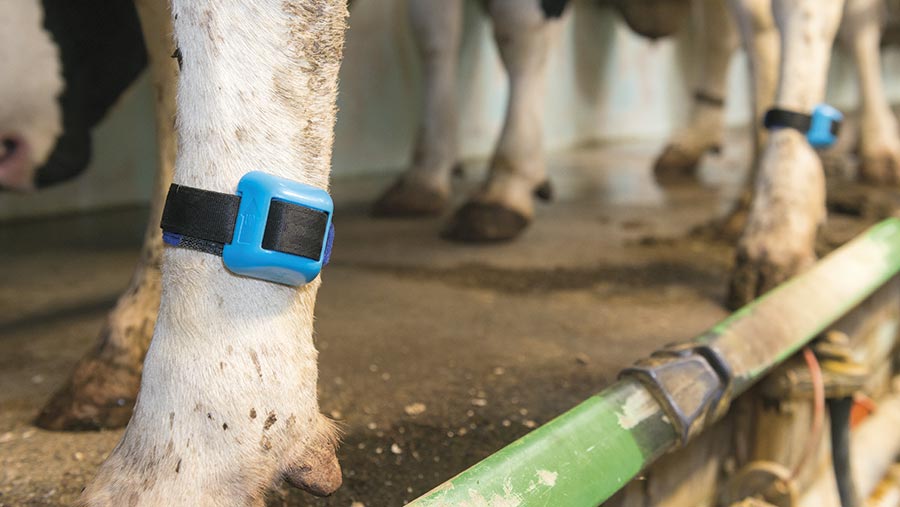
CowAlert Lameness Alert
Edinburgh-based IceRobotics has incorporated lameness monitoring into its CowAlert system to identify cows in the early stages of lameness.
This feature comes as a module within the CowAlert fertility and health monitoring system, calculating when a cow begins to walk differently or lies down more frequently and alerting the farmer to a potential problem.
The system is cloud-based, so the alerts and supporting data can be viewed through any device with an internet connection.
smaXtec Basic Bolus
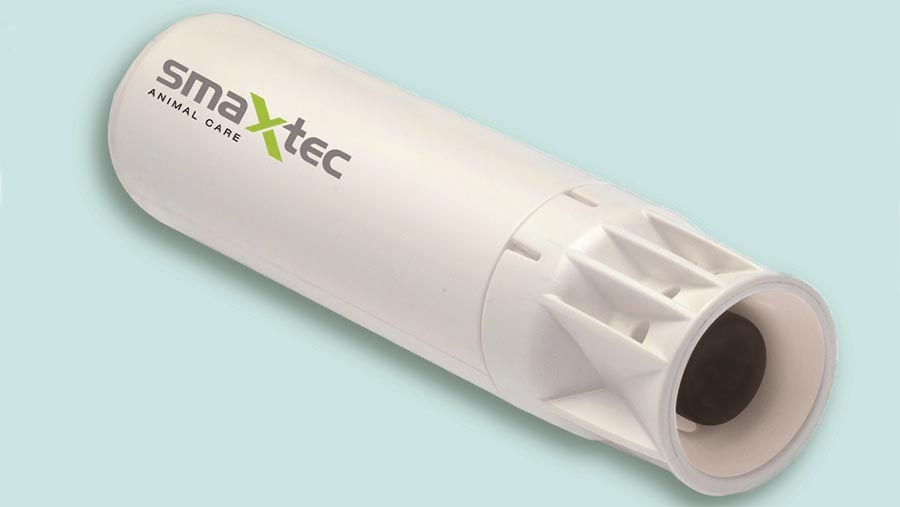
smaXtec Basic Bolus
The technology in this bolus measures the temperature in the rumen and the cow’s activity levels, and transmits this data in real time to a base station.
As well as tracking heat and calving status, it allows the user to monitor the drinking behaviour, core body temperature and health status of every animal.
The data can be shared with others, such as vets and feed advisors.
The system’s base station and repeaters require a three-point domestic power supply, but a portable solar battery unit can be used to power these to allow monitoring of cows out at pasture.
ioLight field microscope
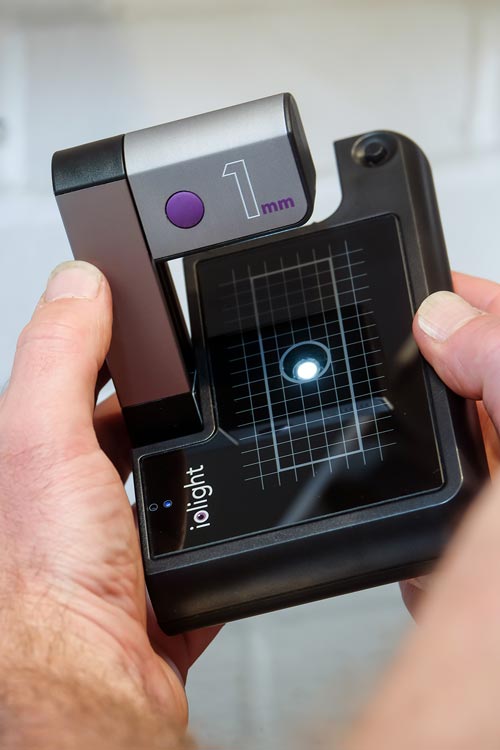
ioLight field microscope
A portable microscope with a similar resolution to a lab model that can be folded to fit in a jacket pocket.
Farmers can test animals they suspect of having parasite infections before giving antimicrobial drugs.
This is done by counting parasite eggs in a sample of the animal’s faeces. Drugs need only be administered if a significant number of eggs are found.
Faecal egg counting (FEC) is commonly done by sending faeces samples to a lab and waiting for the results. Using the microscope in the field or the farmyard means the time before treatment can start is reduced and lab fees are avoided.
Comparison of the different technologies available
|
|||||
|
|
Description |
What it monitors |
Internet/mobile phone signal considerations |
Cost |
Other considerations |
|
Jenysis Portable Heat Detection
|
Heat detection system suitable for dairy and beef herds |
Heats |
3G is required to access the system remotely or WiFi can be used where cellular data is not available |
£3,450, plus collars or leg tags from £70 per cow, depending on the features included; rental options are available |
The internet connection option requires a locally purchased 3G SIM card to transmit the data via a mobile network
|
|
Smartbow |
A tag fitted to a cow’s ear |
Heats, rumination and location |
Runs from its own server, which needs an internet connection for updates and backing up to the cloud, but can work on a 4G dongle. The cost of the server, software and installation is £2,500 per farm, irrespective of cow numbers
|
£69 per cow for heat detection only, £98 per cow for heat and rumination, and £150 per cow for heat, rumination and location. These prices, which are exclusive of VAT, are based on a 120-cow installation
|
The ear tag can be removed and reused if a cow is sold; ear tags must be correctly fitted to prevent losses if a cow hooks its ear on a sharp edge or slot |
|
Moocall Calving Sensor |
A sensor that monitors a cow’s contractions to work out when she is likely to calve. Gives an hour’s advance warning of calving |
Calving activity |
Needs only a weak signal, and uses the network with the strongest signal. A rechargeable battery lasts for up to 60 days in good network areas
|
£239 plus VAT per sensor, which includes a 12-month warranty and service; there is an annual fee to cover data, software, service and support costs, but this is not charged in the first year
|
Device must not be overtightened as this could cut off circulation to the cow’s tail or irritate the tail
|
|
Miracle Tech |
A thermal imaging camera first developed to identify and treat lame animals. It now has multiple uses, including identifying cows on the point of calving |
Injury, bulling activity, temperature and mastitis |
4G data required
|
From £1,000 plus VAT for the PK160 thermal imaging tablet to £10,000 for full CCTV system with computers
|
Quick and non-invasive to the animal
|
|
CowAlert Lameness Alert
|
A leg-mounted sensor uses a detailed algorithm to track a cow’s behaviour and identify lameness in the early stages
|
Lameness; builds up a profile of the mobility of each cow and lets you know when a cow is lame or is in danger of going lame. A full history of the mobility of the whole herd allows changes and issues to be easily tracked
|
Cloud-based, which means alerts must be viewed through devices with an internet connection
|
About 20p per cow in addition to the £68 sensor; there is also an installation cost for the sensor system, or a monthly rental fee
|
Once the battery expires – after approximately five years – the sensor must be replaced |
|
smaXtec Basic Bolus
|
A bolus that continuously measures the internal temperature of the animal |
Heats, onset of calving and basic individual health monitoring |
Internet or mobile phone data (3G or 4G) needed |
About £9,800 for a 100-cow dairy herd, which includes the cost of a base station, two repeaters, a climate sensor to monitor temperature and humidity, the bolus applicator gun, installation cost, 100 basic boluses, and training and set-up |
A premium bolus can be added to monitor pH |
|
ioLight field microscope
|
Portable microscope for counting parasite eggs |
Parasite infections |
Not applicable |
£700 plus VAT |
Images can be downloaded on to a tablet or mobile phone to share with your vet |
